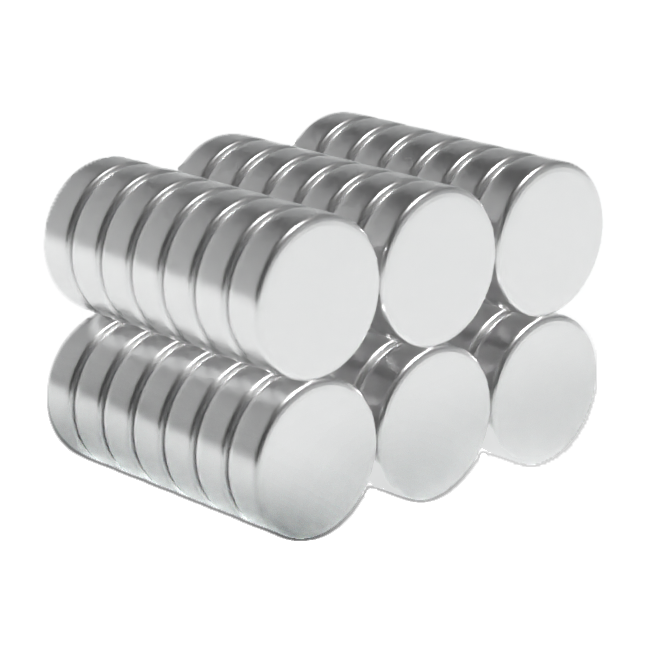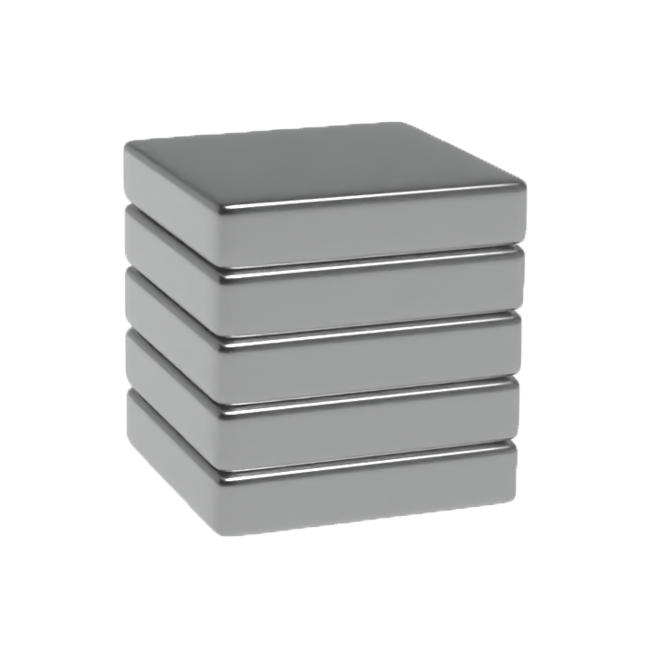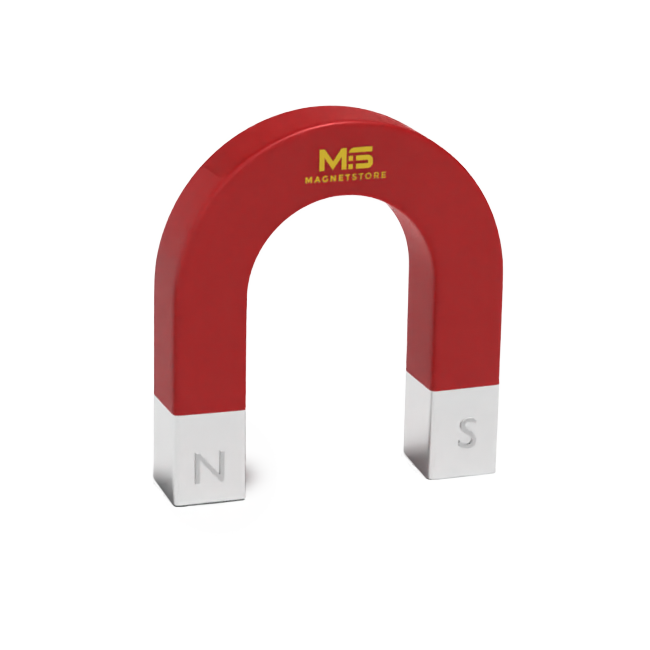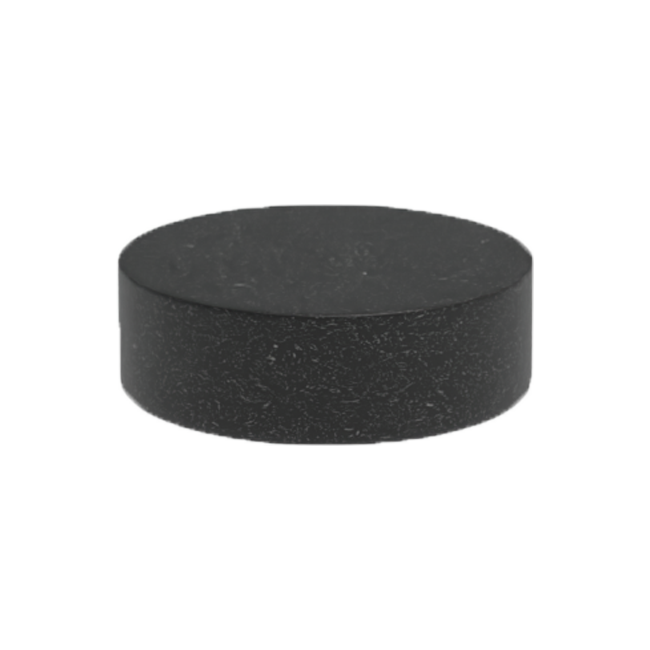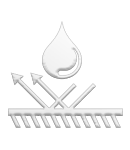Magnet Grades: A Quick Guide
Learn about magnetic grades and understand which grades are the most popular.
What are Magnet Grades?
The grade of a magnet often refers to the magnetic power that it produces. Generally speaking, the higher the number, the more powerful the magnet is. This magnetic power is known as maximum energy product / MGOe (Mega Gauss Oesteds).
There are four main types of permanent magnets – neodymium, samarium cobalt, alnico and ferrite. The bar chart shows the magnetic power (MGOe) of each type of magnet. Neodymium is the strongest type of permanent magnets, samarium cobalt is the second strongest. Alnico is the third strongest, closely followed by ferrite.
Neodymium magnets are the most popularly used magnets in modern applications due to their ability to produce a strong magnetic field from a small surface area.
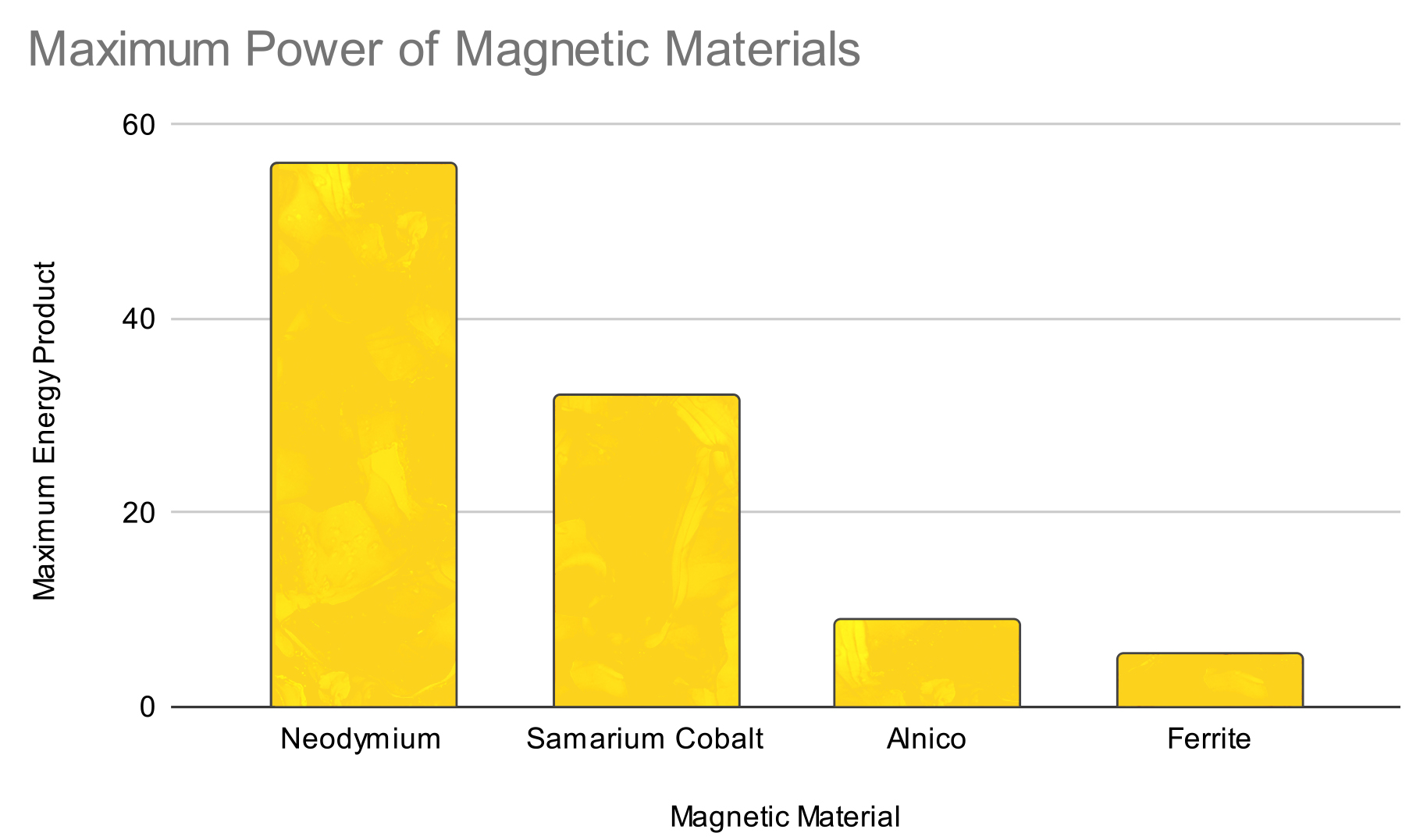
Magnetic Material Grades
Neodymium Magnet Grades
Neodymium grades typically range from N33 to N55 (MGOe 33 – MGOe 55). These are the most sought after magnets due to their ability to produce very powerful magnetic fields, even from a very small surface area.
The larger the number next to the letter N, the stronger the magnetic field. Higher grades generally cost slightly more than lower grades of neodymium.
Most magnet retailers sell N35 grade magnets due to their cost effectiveness. Most neodymium magnets sold by Magnet Store are N42 which means our magnets are generally stronger than the industry average.


Samarium Cobalt Magnet Grades
Samarium Cobalt grades typically range from SC1615 to SC3215 (MGOe 15 – MGOe 32). SmCo magnets have excellent resistance to demagnetisation force which means they are usually used in challenging environments.
This includes extreme temperatures (up to 350°C / 662°F), exposure to magnetic pulses, kinetic forces or other demagnetisation forces. Generally. the larger the number next to the letter SC, the stronger the magnetic field. SmCo magnets are generally more expensive than neodymium magnets.
Alnico Magnet Grades
Alnico magnet grades typically range from Sintered Alnico 3 to Cast Alnico 5 (MGOe 2 – MGOe 9). Alnico magnets have the best resistance to demagnetisation forces which means they are usually used in extreme environments.
This includes extreme temperatures (up to 525°C / 977°F), exposure to powerful magnetic pulses, kinetic forces or other demagnetisation forces. Generally speaking, the larger the number next to the word Alnico, the stronger the magnetic field. Alnico magnets are more cost effective than SmCo magnets but they are not as magnetically powerful.
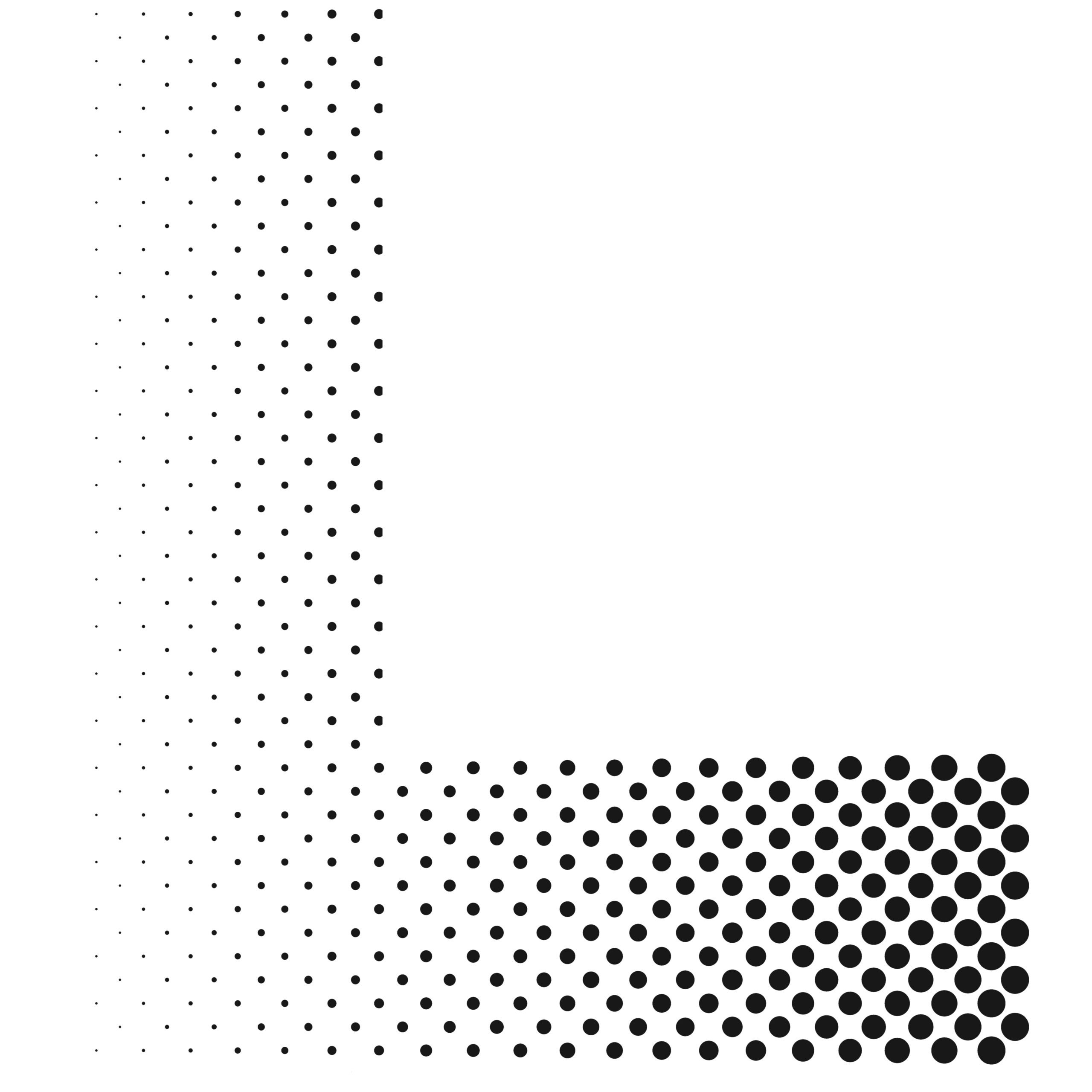

Ferrite Magnet Grades
There are 27 grades of ferrite magnets and they range from Y8T to Y40 (MGOe 0.08 – MGOe 5.3). Ferrite magnets have lowest magnetism from all permanent magnets but they are very simple to manufacture which makes them excellent for mass production.
This is one of the key reasons why ferrite magnets are widely used in fridge magnets. Generally speaking, the larger the number next to the letter ‘Y’, the stronger the magnetic field is. Ferrite magnets are the most cost effective than permanent magnets available which make them ideal for low-budget projects.

